

|


|
Tamiya Toyota Land Cruiser 40 Pick-Up Quadtrack - 58704
|
Released by Tamiya on June 11, 2022, the Toyota Land Cruiser 40 Pick-Up Quadtrack - # 58704 - is based on the GF-01FT chassis, itself based on the GF-01 chassis, with the front and rear wheels replaced by track units. The kit comes with a clear lexan polycarbonate Bodyshell and driver figure, a 540 Motor and ESC. A Radio System, Battery, Charger and Paint to be purchased separately. (specifications differ from country to country).
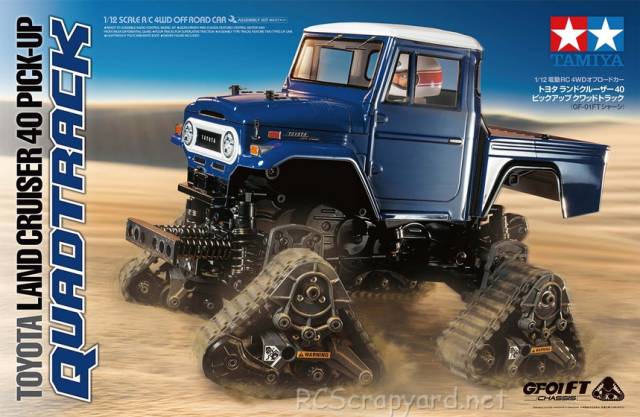
The 4WD GF-01FT is gear train driven, on a molded plastic monocoque frame chassis, with centrally positioned motor, gear type differentials, coil spring over friction dampers, wheelie bar and bushings. Two types of track links design are also provided: standard flat and toothed grouser.
Like the vast majority of Tamiya Radio Controlled models, the GF-01FT comes with the plastic and sintered brass bushings, that If installed can collect dust and grit that actually abrades the shafts spinning in them. To avoid this problem, we recommend a full set of ball bearings be installed on first build.








|
|
|

|
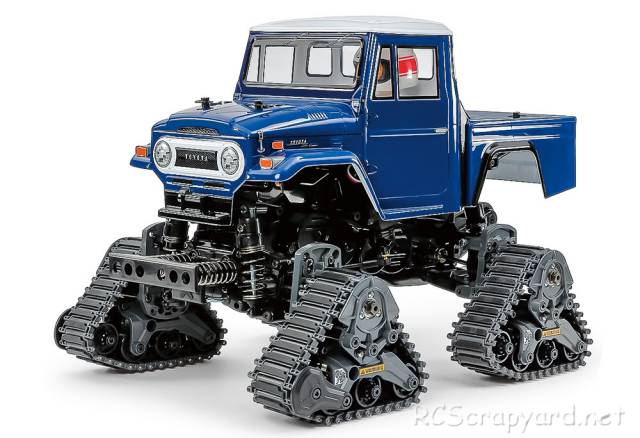
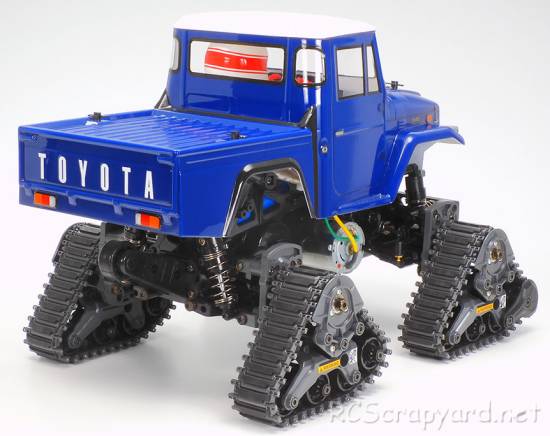
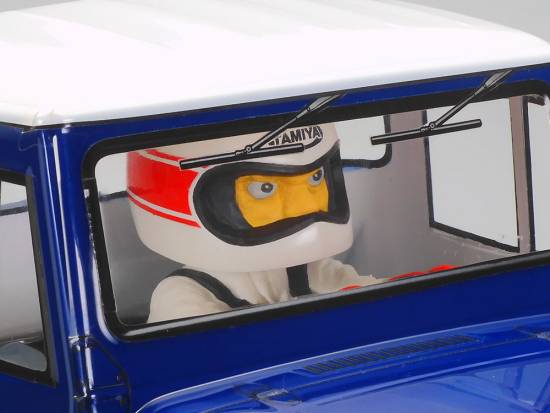
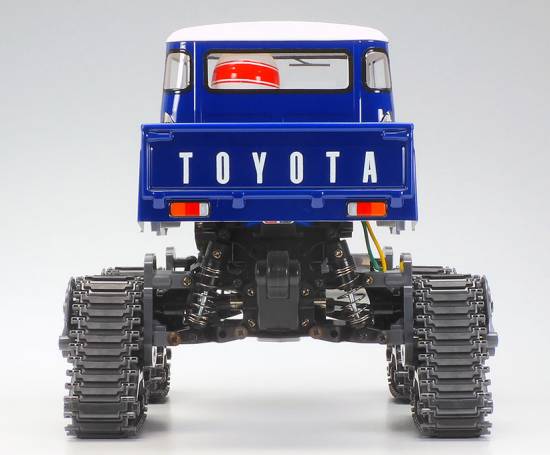
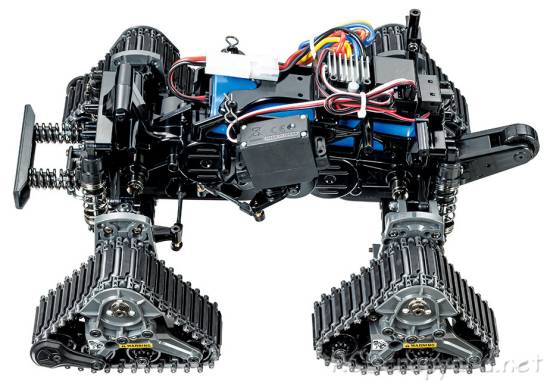
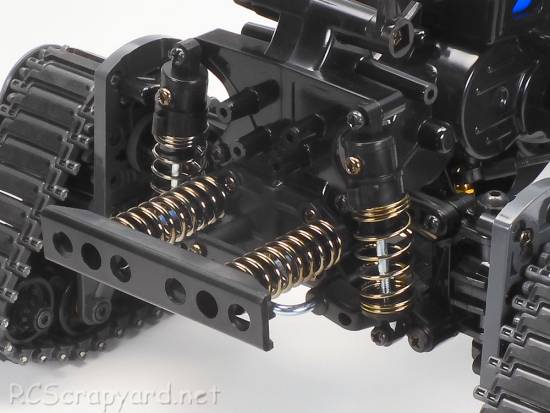
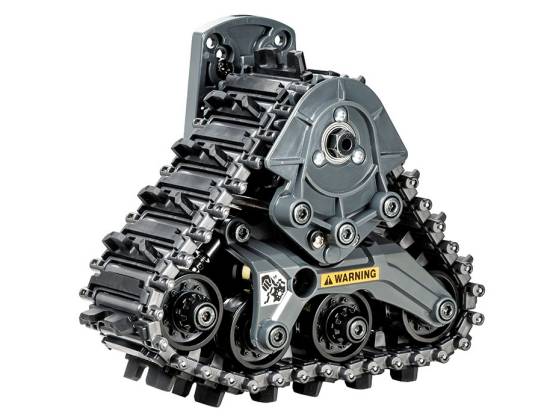
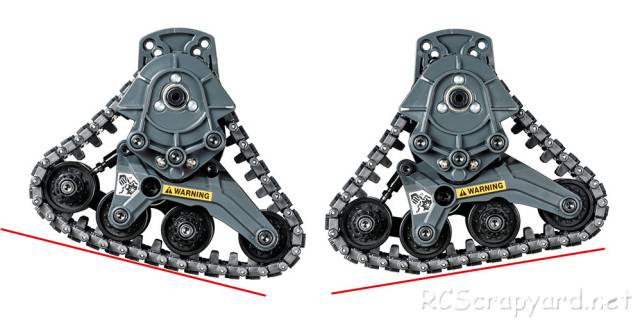
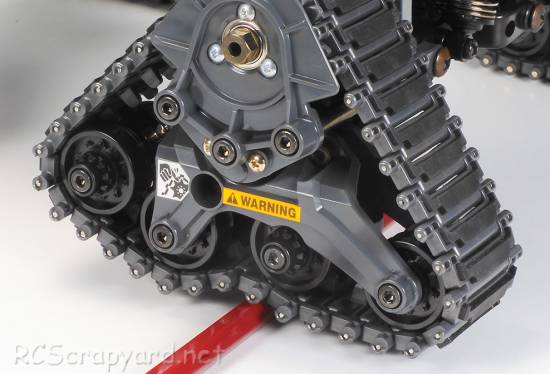
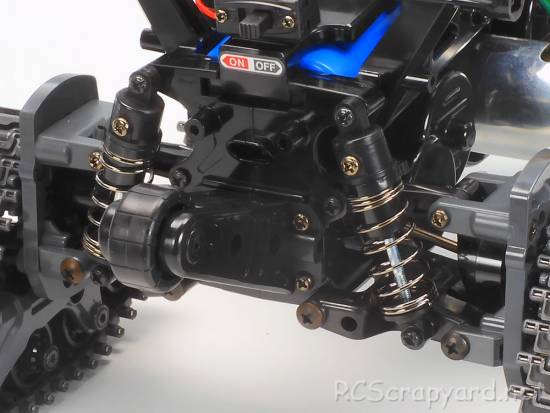
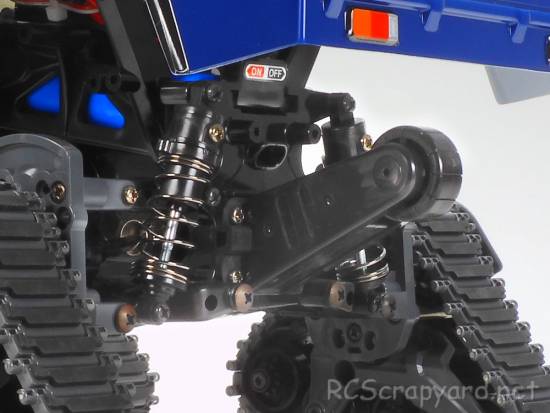
Buying a Used Tamiya Quadtrack
|









|






|
|
|
|
Hints, Tips and Information How to Charge Rechargeable Batteries for Peak PerformanceNi-Cad (Nickel Cadmium) Batteries
1/ All Ni-Cad Batteries have to be Discharged soon after use. This is to avoid the dreaded "Memory" effect that on subsequent re-charges can cause a momentary drop in performance during a race. A simple discharger can be made from a car 12v bulb.
Ni-Mh (Nickel Metal Hydride) Batteries
1/ Never charge Ni-Mh batteries at a current higher than 4.5 amps. Although these batteries can give a higher voltage than Ni-Cad Batteries, they are much more sensitive and easy to damage if charged too quickly. |
|
Hints, Tips and Information
Wheel Caster Explained
Caster is basically the angle the steering kingpins or steering pivot points, leans back in relation to the horizontal when viewed from the side of the chassis. |
|
RC Models:
|
Radio & Motors: |
Other
Accessories: |